Most people probably don’t realize that there are different maple syrup grades. In fact, this syrup is much more versatile than just a topping on flapjacks. Read on for a sticky yet sweet lesson on what the Canadians call liquid gold.
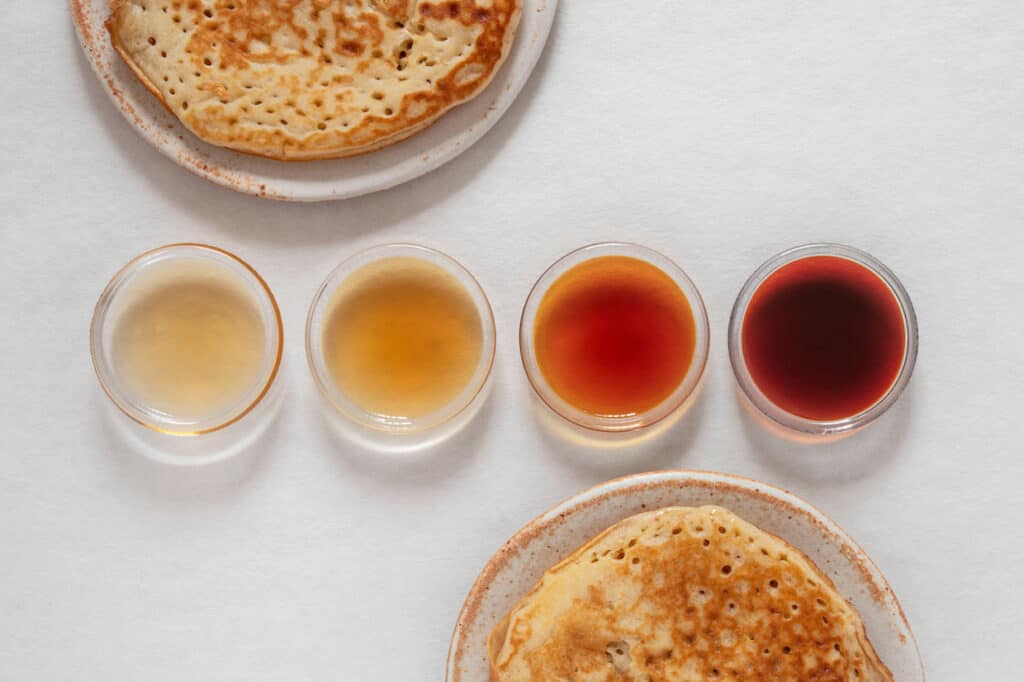
Different grades of maple syrup
Currently, all maple syrup is considered to be Grade A. It’s not that the maple makers are grading on a curve and believe that they all have a product that’s worthy of a perfect score. It’s actually the opposite.
Just a few years ago, maple syrup was graded and labeled very differently. There were three grades:
- Grade A.
- Grade B.
- Commercial Grade.
Given how grades in colleges and universities go, most consumers assumed that Grade A was the best. However, grades had nothing to do with quality and everything to do with color and flavor, according to Jason Lilley, a maple industry educator at the University of Maine Cooperative Extension.
Creating consistency in maple syrup grading
Lilley explained another problem with this aforementioned grading system: it was never consistent across maple syrup-producing American states. The states with the biggest syrup production are Vermont, Maine and New York.
Also, Canada had its own system of grading, which just added to the confusion. “If you had an American who visited Quebec and wanted to buy maple syrup,” Lilley added, “they wouldn’t know what they were looking at because it was a different way of describing syrup.”
Canada and the U.S. are the primary maple syrup producers on the planet. According to the Canadian government, Canada produces 78% of the world’s maple syrup, while the rest comes from the U.S. So, it was important that the grading systems align.
All maple syrup is now Grade A
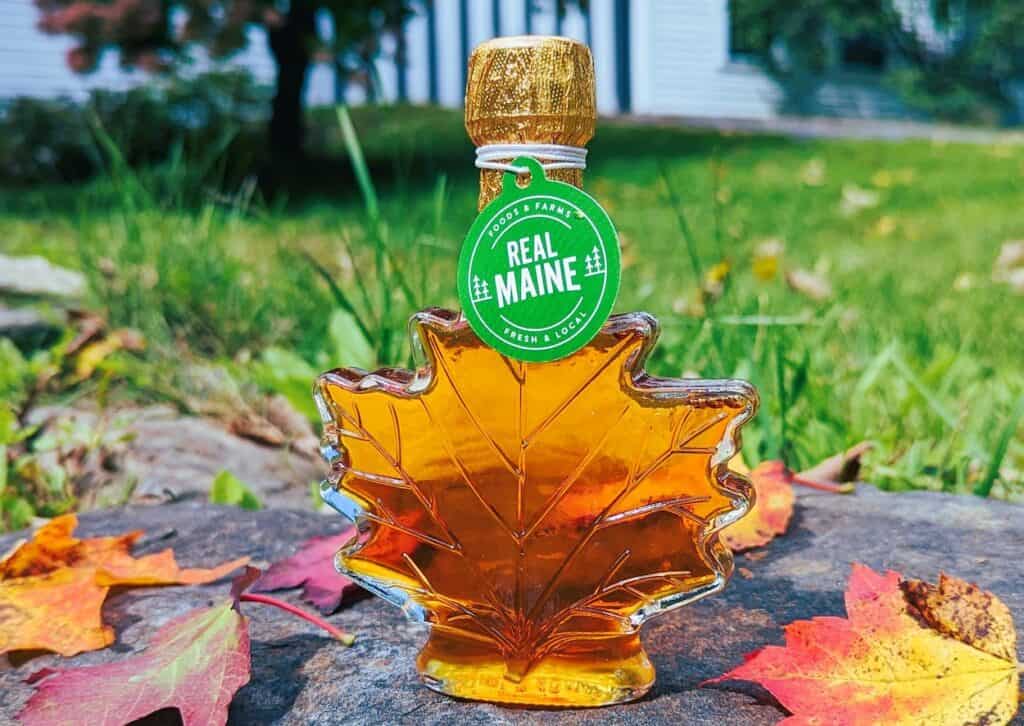
In 2015, they decided on a new maple syrup grading system that would transcend borders. And the U.S. Department of Agriculture (USDA) put out new guidelines explaining how and why all maple syrup was to be classified as Grade A going forward.
However, there are natural differences in color and flavor. For example, when maple syrup producers first start collecting sap during maple season, that early sap is the lightest in color. Then, as the season progresses and the temperatures warm, sap turned into maple syrup naturally becomes darker.
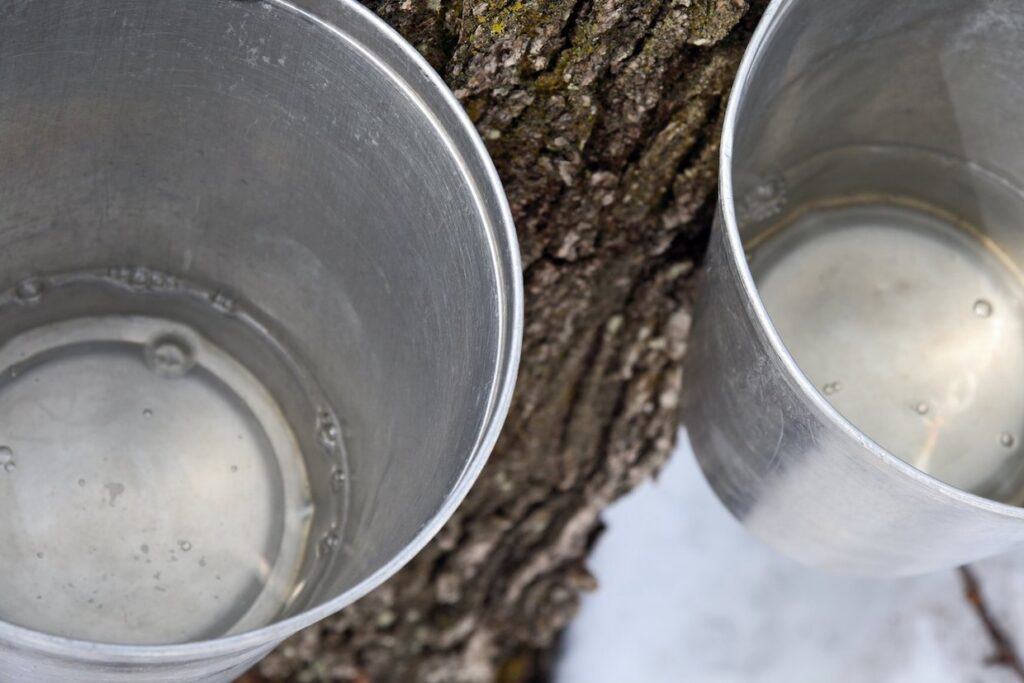
Given these variants, the USDA created color classes. So, on a label, you might see the following with regard to those classes:
- U.S. Grade A Golden.
- U.S. Grade A Amber.
- U.S. Grade A Dark.
- U.S. Grade A Very Dark.
Not surprisingly, Very Dark is the darkest maple syrup you can buy. Also, it has the strongest maple flavor. Golden is the lightest and has the most mild flavor.
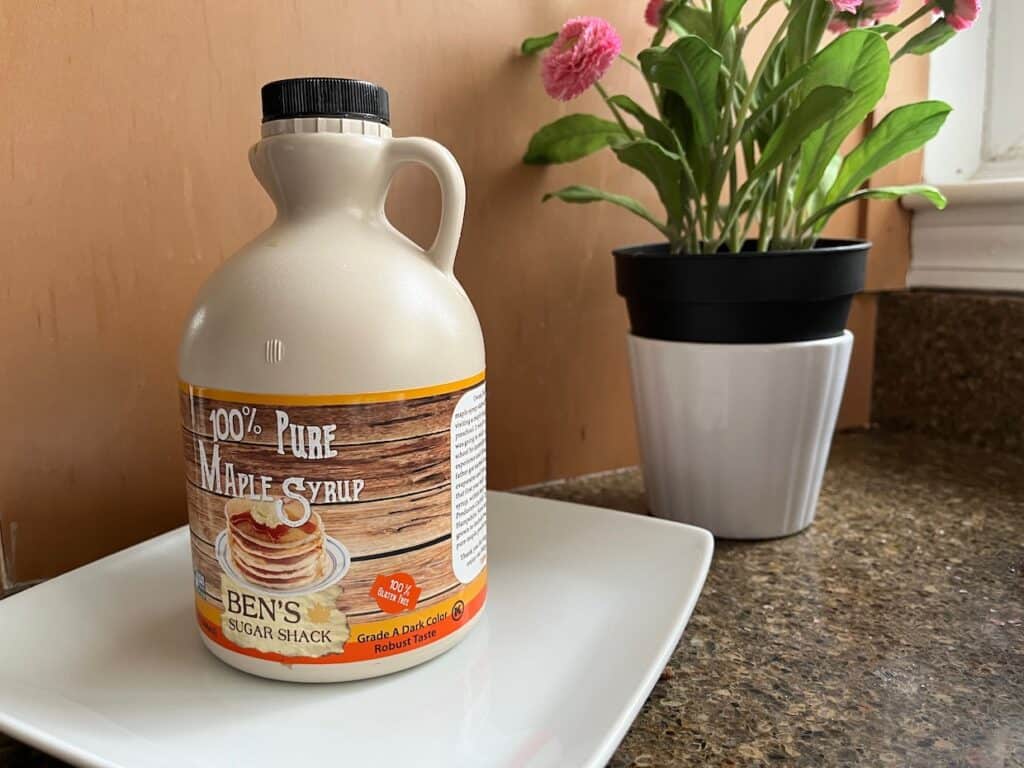
Maple syrup producers add flavor descriptors to better explain how each color class might taste on your palate. Here is how the USDA describes each flavor profile:
- Delicate means mild maple taste.
- Rich means a full-bodied maple taste of medium intensity.
- Robust means stronger maple taste than the lighter colors.
- Strong means a maple taste that is stronger than robust.
The coffee and maple syrup connection
So, on a syrup bottle or jug, the label would read Golden Delicate, Amber Rich, Dark Robust or Very Dark Strong. Lilley likens this to how you might qualify different types of coffee. “The flavor is in direct proportion to the color,” he stated.
Coincidentally, some folks prefer to sweeten their coffee with maple syrup. Take Gena Lazcano of Ginger Casa. “I love using dark maple syrup in my coffee,” Gena said. “It adds a sweetness that has a different flavor that I just love.”
Erin Dooner of Texanerin Baking likes using maple syrup in her coffee, too, as well as in other drinks. However, she chooses the amber color.
“It’s my go-to sweetener for hot chocolate, lattes of all kinds and cocktails,” she explained. “Using maple syrup is easier than stirring in sugar, which needs to be dissolved. Plus, the syrup flavor is light enough that it blends in perfectly with other ingredients.”
Various uses for different maple syrup grades
Hopefully, you have a better understanding of the different maple syrup grades. Here are some suggested ways to use each of these various maple syrup colors and flavors beyond National Pancake Day. This includes when mixing drinks, making a salad or cooking dinner.
Grade A Golden Delicate
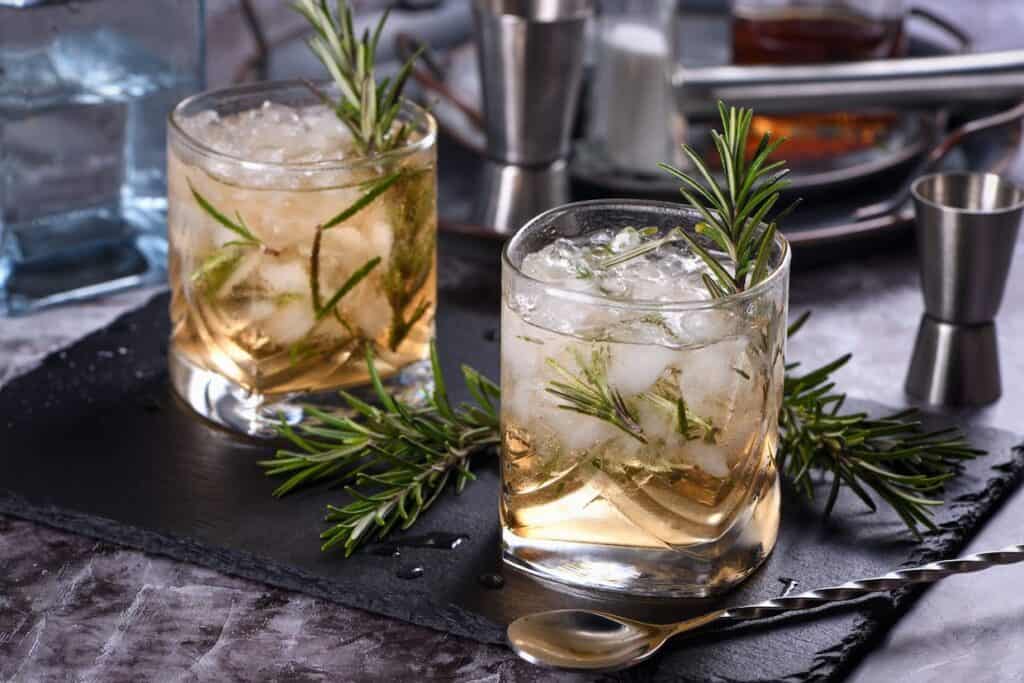
Lilley described Golden Delicate syrup this way: “It has more of a floral, honey flavor profile and hardly any maple characteristics,” he said. His favorite use for it? On
Grade A Amber Rich
Amber Rich is your typical syrup for pancakes, waffles and French toast. This is also the perfect flavor profile to drizzle on granola, yogurt or oatmeal parfait instead of honey.
Grade A Dark Robust
Grade A Dark Robust maple syrup is Erin Dooner’s favorite in the fall. It is one of her must-have ingredients for her cocktail bar when making pumpkin, apple and other fall-themed drinks for a detectable maple flavor.
Lilley also likes to use Dark Robust in different types of cocktails. His favorite? “I’ll pour bourbon with a pretty good glug of dark syrup and maybe a splash of bitters and a cherry,” he explained.
Grade A Very Dark Strong
Lilley thinks Grade A Very Dark Strong maple syrup is one of the best to cook with. “I keep a jug of very dark syrup for making baked beans or baking where I want a lot of maple flavor to come through,” he said. In addition, he’ll use this syrup for making a salad dressing that doubles as a marinade for chicken or salmon. Here is his simple recipe:
- One part maple syrup.
- One part soy sauce.
- One part whole seed mustard.
- Splash of olive oil.
Final thoughts on maple syrup grades
The next time that you head to the supermarket, go to a farmers market or visit a sugarhouse or saphouse — the places that boil sap to make maple syrup — you can make an educated decision on which grade of syrup you want to bring home with you. Finally, regardless of which syrup you decide to buy, remember this: unopened maple syrup will be shelf-stable for years. However, as soon as you open that bottle or jug, you must refrigerate it. That way, you’ll be able to enjoy it for as long as possible.
Leah Ingram lives in Southern Maine, where Maine Maple Syrup Weekend is a big deal. It is one of the topics she covers on Southern Maine on the Cheap.